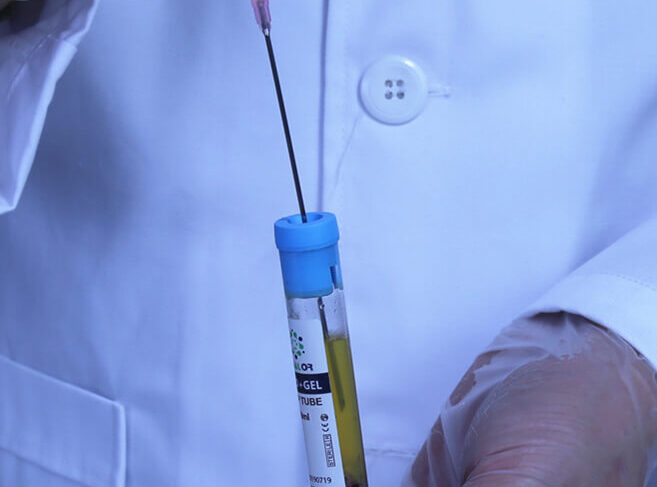Platelet-rich plasma (PRP) is a preparation of concentrated platelets in a small volume of plasma. The first step in preparing PRP is to anticoagulate the blood sample to prevent clotting. One commonly used anticoagulant is 3.8% citrate. Here’s a guide on how much 3.8% citrate to add to anticoagulate blood for PRP preparation.
The ideal ratio of anticoagulant to blood is 1:9 (anticoagulant: blood). This ratio ensures that the blood is sufficiently anticoagulated and that the final PRP product has a high platelet concentration. For 10 ml of blood, 1 ml of anticoagulant is required. Therefore, to prepare PRP from 10 ml of blood, 1 ml of 3.8% citrate is needed.
Here are the steps to prepare PRP using 3.8% citrate as an anticoagulant:
Collect the blood sample: The first step in preparing PRP is to collect the blood sample. The blood sample is usually collected from a peripheral vein using a sterile blood collection tube.
Add the anticoagulant: After collecting the blood sample, add 1 ml of 3.8% citrate to the tube containing the blood sample. Mix the blood and anticoagulant thoroughly by gently inverting the tube several times.
Centrifuge the blood sample: Centrifuge the blood sample at 1500 rpm for 10 minutes to separate the blood components. The PRP layer will be located just above the buffy coat, which is the layer of white blood cells and platelets that lies between the PRP and the red blood cells.
Collect the PRP layer: Use a sterile pipette to collect the PRP layer from the tube. Be careful not to collect any of the buffy coat or red blood cells.
Activate the PRP (optional): If desired, the PRP can be activated by adding calcium chloride or thrombin. Activation of the PRP will release growth factors from the platelets and enhance the regenerative properties of the PRP.
In conclusion, to anticoagulate blood for PRP preparation using 3.8% citrate, a 1:9 ratio of anticoagulant to blood is required. For 10 ml of blood, 1 ml of 3.8% citrate is needed. Following these steps will result in a high-quality PRP product that is suitable for a wide range of applications.








